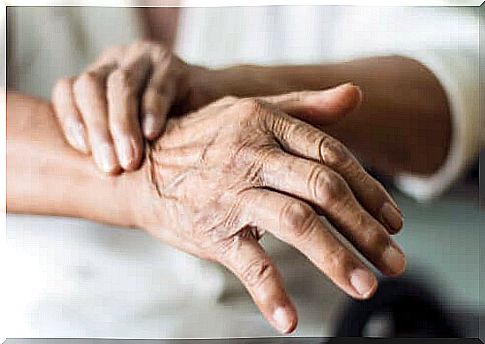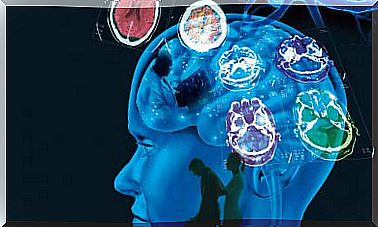Extrapyramidal Syndrome: Definition And Origin

Extrapyramidal syndrome is a motor disorder caused mainly by the bad reaction to antipsychotic treatment. It is actually a motor disorder caused by damage to the extrapyramidal system, formed by the basal ganglia of the brain (made up of the basal ganglia and their connections).
The extrapyramidal system is responsible for:
- Of the realization of voluntary movements
- Maintaining muscle tone
- From the production of instinctive and learned automatic movements
For this reason, an abnormality in the system causes disturbances in mobility, tone and posture.
The most common example of extrapyramidal disease is Parkinson’s disease. To define the extrapyramidal syndrome, we also speak of parkinsonian symptoms.

Why does extrapyramidal syndrome develop?
Extrapyramidal syndrome develops primarily as a negative reaction to antipsychotic therapy. It can also appear as the consequence of damage to certain specific regions of the brain. The root cause of this is the lack of regulation of dopamine, the neurotransmitter responsible for the body’s motor function.
Antipsychotic or neuroleptic drugs primarily block dopamine D2 receptors. This makes it possible to control the increase in the activation of dopaminergic pathways which is remarkable during psychosis. By blocking dopamine receptors, these drugs cause changes in motor skills, which we call extrapyramidal syndrome.
Typical antipsychotics cause the most extra-pyramidal symptoms. Antipsychotics were also created to circumvent this side effect so common. The most well-known drugs that can be at the origin of this syndrome are, for example, haloperidol and chlorpromazine.
Symptoms of extrapyramidal syndrome
The main symptoms of extrapyramidal syndrome are:
- Hypokinesia : decrease in speed and the ability to make voluntary movements. The individual has to exert a lot of effort and he performs slow and awkward movements
- Hypertonia : increased muscle tension, particularly in the extremities. Then acute dystonias of the muscles of the face, neck and tongue
- Akathisia : tendency to worry, anxiety and restlessness that makes it impossible to maintain a sitting position
There are many other motor symptoms associated with this syndrome. Here are a few examples:
- Hypercinesia : involuntary movements like tics, beacons or myoclonus
- Involuntary tremors (oscillatory and rhythmic), which can occur both at rest and when maintaining a concrete posture
- Parkinsonian movements, with the head and trunk tilted forward and elbows, knees and wrists flexed
- Amimia : lack of facial expression due to the rigidity of its muscles
- Alteration of walking with small steps, without oscillatory movements of the arms and with a great tendency to lose balance
- The alteration of language and writing
- The absence of postural reflexes and automatic and rapid movements

Treatment of extrapyramidal syndrome
Usually when rapid action is required, treatment for extrapyramidal syndrome is through anticholinergic and dopaminergic drugs. But very often, the priority objective is to stop the consumption of the drugs which caused this bad reaction. In the case of treatment with typical antipsychotics, it is normal to replace them with other drugs with fewer side effects, as is the case with atypical antipsychotics.
However, to avoid the onset of extrapyramidal syndrome during antipsychotic therapy, the doses administered should be carefully monitored. It is also necessary to control the possible reactions which may be felt in order to act as soon as possible and to avoid complications.
With regard to the treatment of muscle stiffness and motor alterations, specially caused or linked to cerebral damage of the extrapyramidal pathways, the physiotherapist is a specialist who can play a key role. Its contribution to the rehabilitation of the patient is of great value: it will improve the patient’s quality of life.










